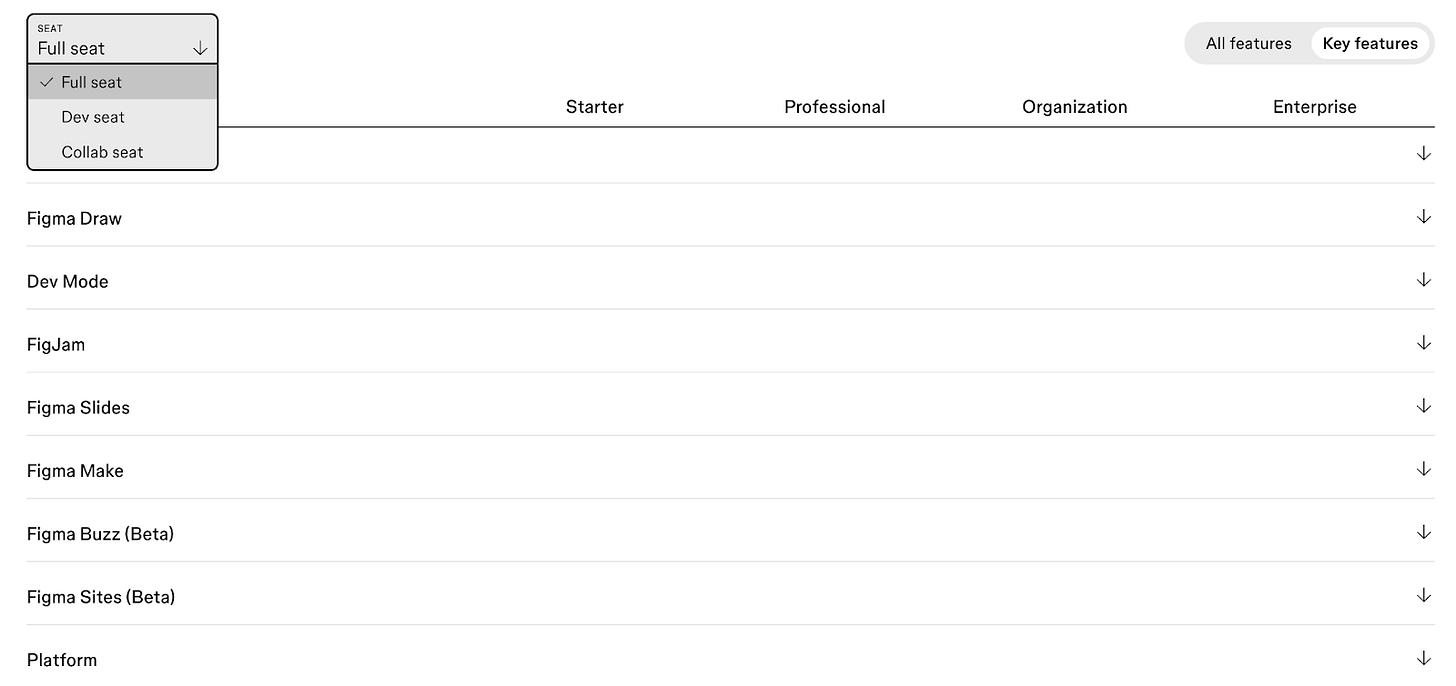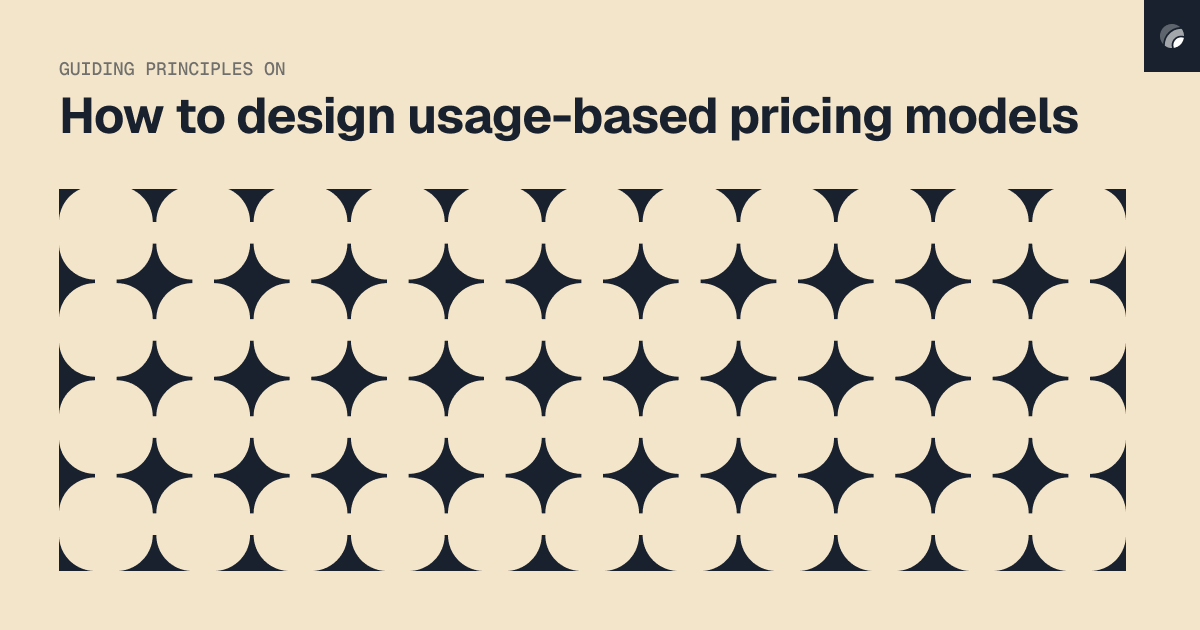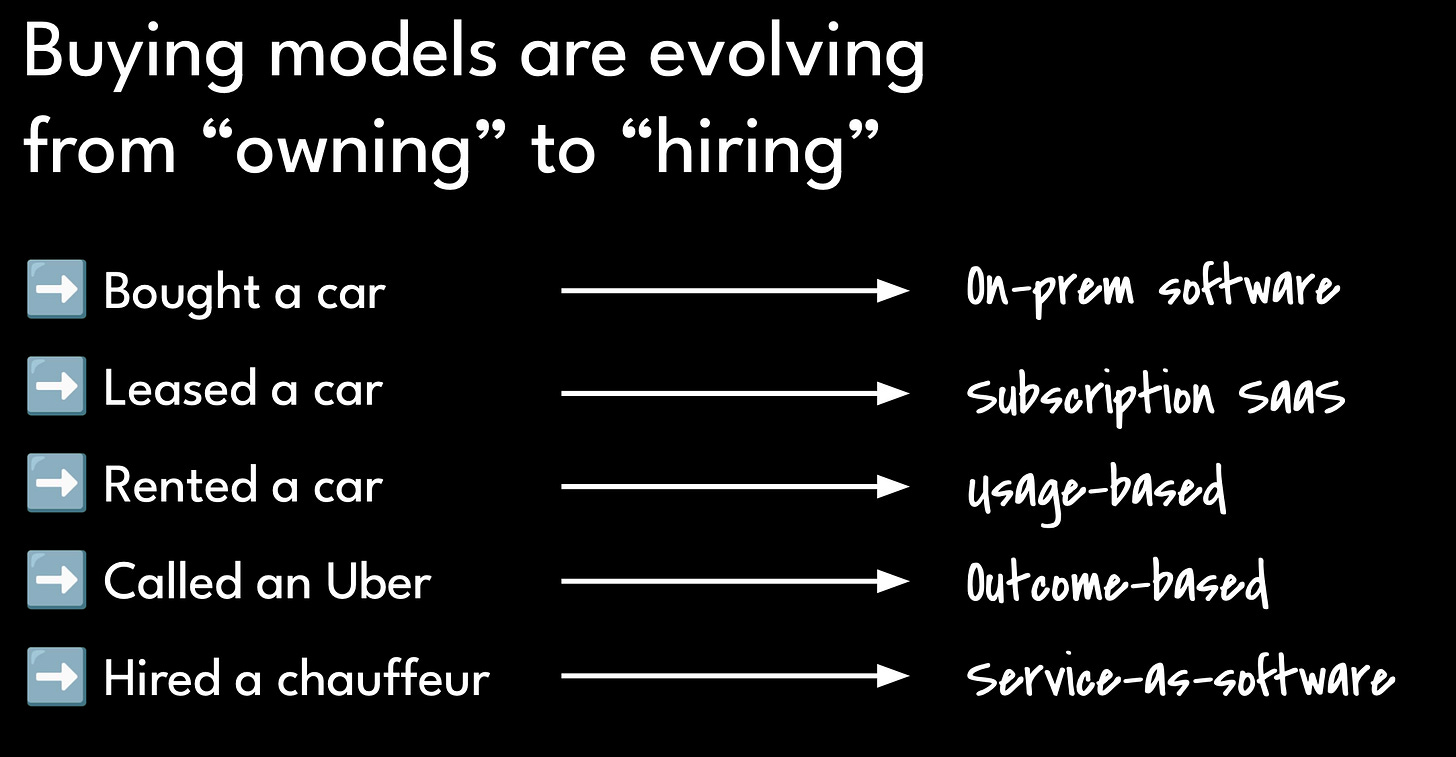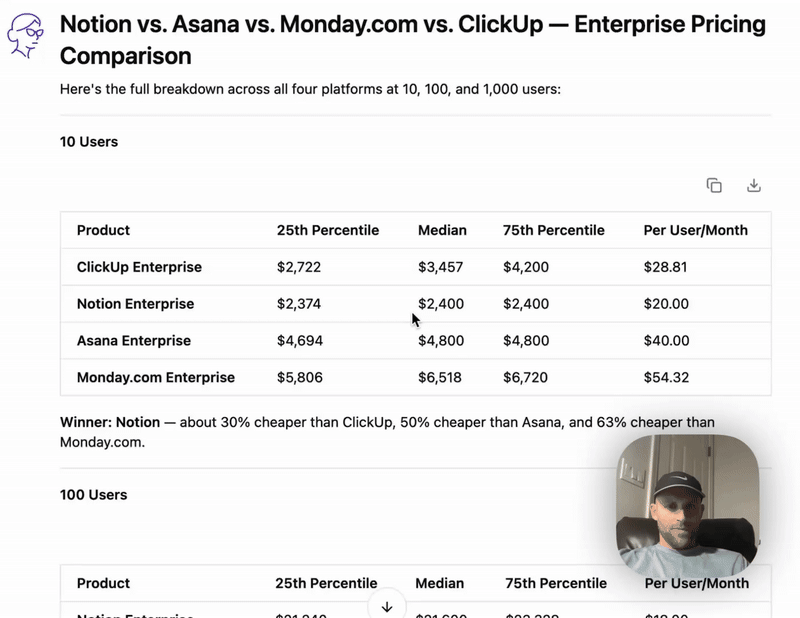Pricing Roundup
Changes from Ahrefs, Calendly, Freshbooks, Salesforce, and Coreweave.
Every week, we provide research and resources to help SaaS leaders make smarter pricing and packaging decisions. Get our latest research to stay ahead of the curve.
🔌 Good Better Best is powered by Lago
Multi-product, multi-entity, multi-geography, multi-everything. As you scale, billing gets more complex until homegrown systems crumble and you need to hire engineers just to keep using legacy vendors.
Lago is the open-source billing system that supports all common pricing models (including AI pricing like credits, usage, and outcome-based pricing) without turning billing into a nightmare.
Don’t tie yourself to a vendor. Lago lets you inspect the codebase, self-host on your own premises (or VPS) and customize anything you want.
Want to find out more about designing usage-based pricing models?
Ahrefs added new features to the Brand Radar AI add on.
Calendly added access to its scheduling API.
Freshbooks launched an option to buy-now-pay-later with Affirm.
Salesforce added a monthly option for the Starter suite.
CoreWeave restructured AI Object Storage pricing.
Explore more recent changes from Deputy, Botpress, and Atlassian at PricingSaaS →
📌 Save the Date: Thursday, November 6th at 12:30pm EST
We’re hosting a 60-minute Office Hours session with Ulrik Lehrskov-Schmidt from Willingness to Pay. Ulrik is fresh off a 6-part webinar series about Agentic AI pricing. The event is AMA-style and we’ll be collecting questions in advance. Drop questions in this thread and add the event to your calendar.
Hey y’all,
Here are five things I thought were worth sharing this week from the world of SaaS pricing:
1️⃣ User Minimums
Last week, I talked to a founder that was in the middle of a pricing debate.
Here’s the issue:
They offer a Starter tier for individuals that costs $75/user/mo
They offer a Growth tier for teams that costs $95/user/mo with a 3-user minimum
The primary differentiator between Starter and Growth is integrations and API calls which means prospects with more usage end up needing the Growth plan. Other than that there isn’t much feature differentiation.
The challenge is many prospects need Growth-level usage, but do not need 3 users.
So the company ends up writing custom agreements for the Growth plan with 1-user, and generally does not see many PLG upgrades from Starter to Growth.
I dropped this question into the PricingSaaS Community and got a flurry of responses from seasoned pricing experts. Some examples:
I don’t like minimum seats in pricing. I’d drop it altogether and just charge $295 for the higher tier. No point in training the customer to expect a seat license model as the growth path. — Michael Himmelfarb
I‘m against minimums on higher plans, unless there is a volume discount (e.g., Hubspot contacts). For users, usually doesn’t work. — Luc Van Der Tuin
Depending on who their users are and how important collaboration/getting the team onboarded is in the growth tier, something like $135/user/mo and the 2nd like $95. — Maxim Boelter
The feedback was unanimous, and after the fact, the founder shared that he’s planning to test a new model for the Growth tier with no User Minimum, a higher cost for the first seat, and a lower price for additional seats. Love seeing the community at work!
Check out the full thread and apply to join us.
2️⃣ Pricing Page Framework
Over the past month, I’ve been working with my buddy Alexander Estner on the Ultimate Guide to SaaS Pricing Pages. Writing this monster helped me realize what I hope to be a simple, helpful framework for SaaS pricing pages:
→ With each scroll, reduce ambiguity.
All you really need are four sections to do so:
Hero Section: Briefly state your pricing philosophy.

Pricing Menu: Give the 80/20.
Feature Table: Answer 90% of questions with granular feature and usage info.

FAQ: Answer 95% of questions.

The goal of the pricing page should be to help a visitor understand what plan is right for them and how much it will cost them, as efficiently as possible. We went deep on each of these sections (and optional sections as well) in the full post.
3️⃣ SaaS Buying Models
Kyle Poyar shared a presentation on LinkedIn a couple weeks back that has one of my favorite slides of all time. It compares SaaS buying models to ways to pay for a car:
The broader takeaway is that buying models are moving from owning to hiring, and how you charge determines how much customers pay, and when.
Importantly, usage and outcome-based models don’t necessarily mean buyers pay less — just less upfront. Highly recommend the full post and slide deck.
4️⃣ Ruth
Vendr dropped a new negotiation agent named Ruth, who’s an absolute badass.
I asked her to compare price points across Notion, Asana, Monday.com, and ClickUp for 10 users, 100 users, and 1,000 users. She whipped this up in less than 10 seconds:
5️⃣ To Free or not to Free
Highly recommend checking out Gaurav Vohra’s latest post on how to choose between Freemium, Free Trial, and Paid Only. This is the cleanest decision tree I’ve seen on the subject, which kind of hurts because I have one 😂. But it’s cool because Gaurav is the best.
That’s it for this week. Have a great weekend!
Thanks for reading! When you’re ready, here’s how we can help:
PricingSaaS Community: Join the free PricingSaaS Community to get quick answers from experts, real-time pricing data, and access to exclusive events.
PricingSaaS Index: Check out the PricingSaaS Index to track competitors, scroll pricing histories, and create a swipe file of pricing pages for inspiration.
Free Advisory Session: Need a sounding board? Book a 30-minute session. No sales pitch. We’ll provide honest feedback and steer you in the right direction.








Great roundup! The CoreWeave pricing restrucure is particularly interesting given the competitive pressure in GPU cloud space. It's good to see them optimizing their storage pricing model as AI workloads continue to scale. Appreciate the thorough analysis!
Thanks for the shoutout!